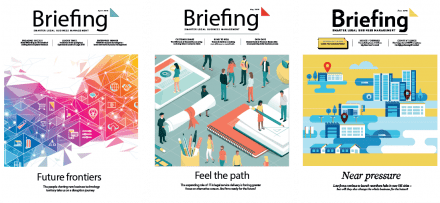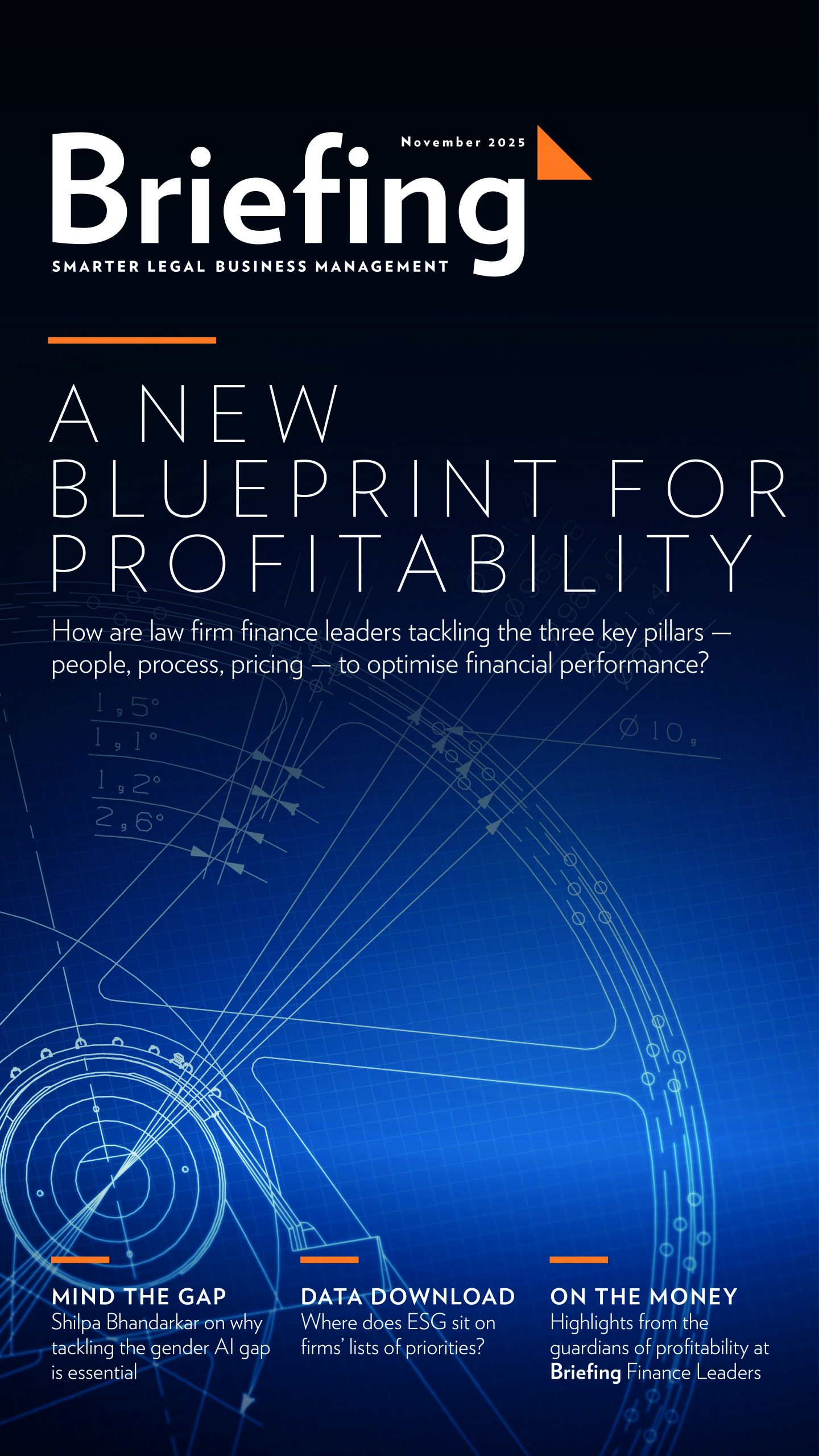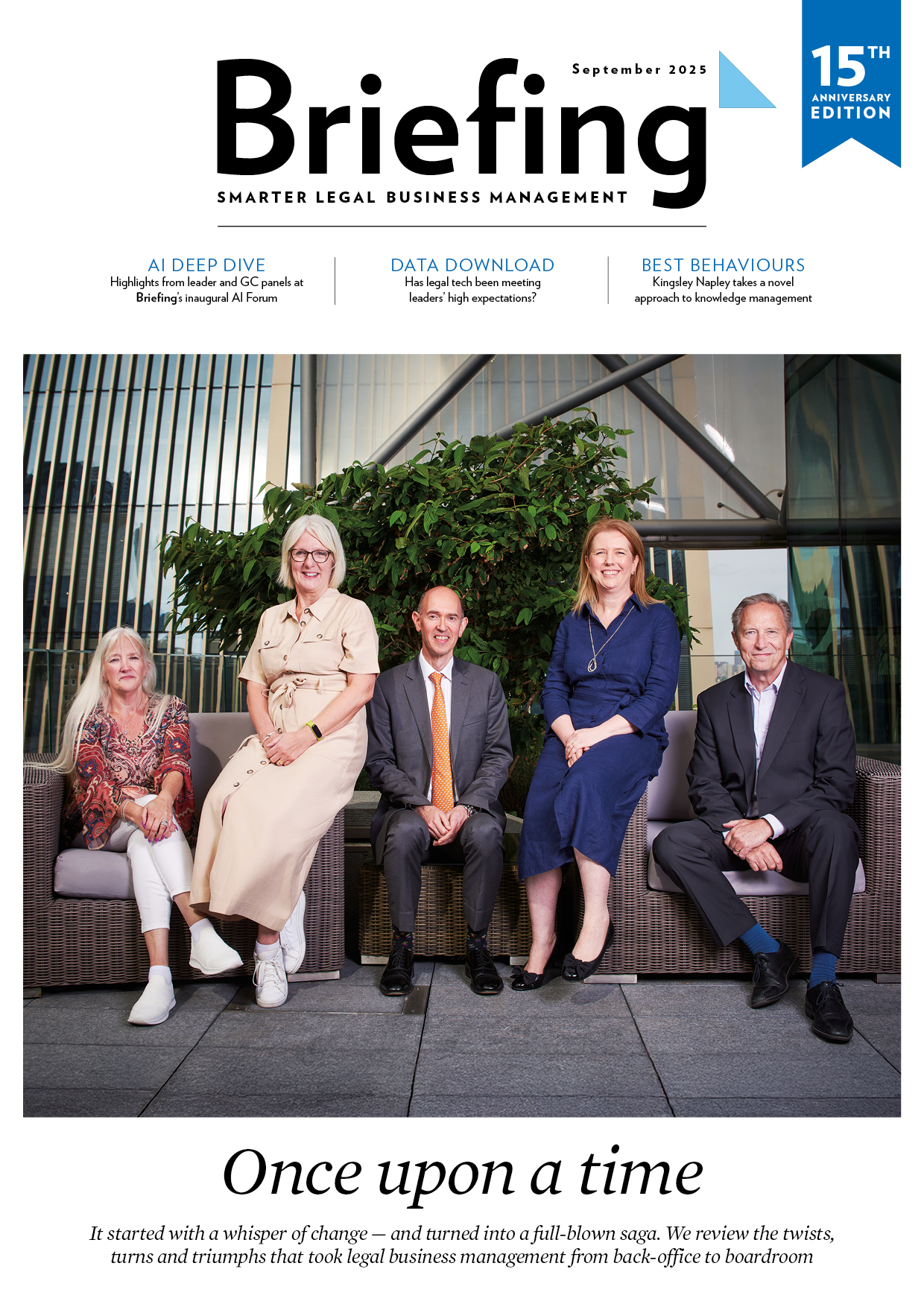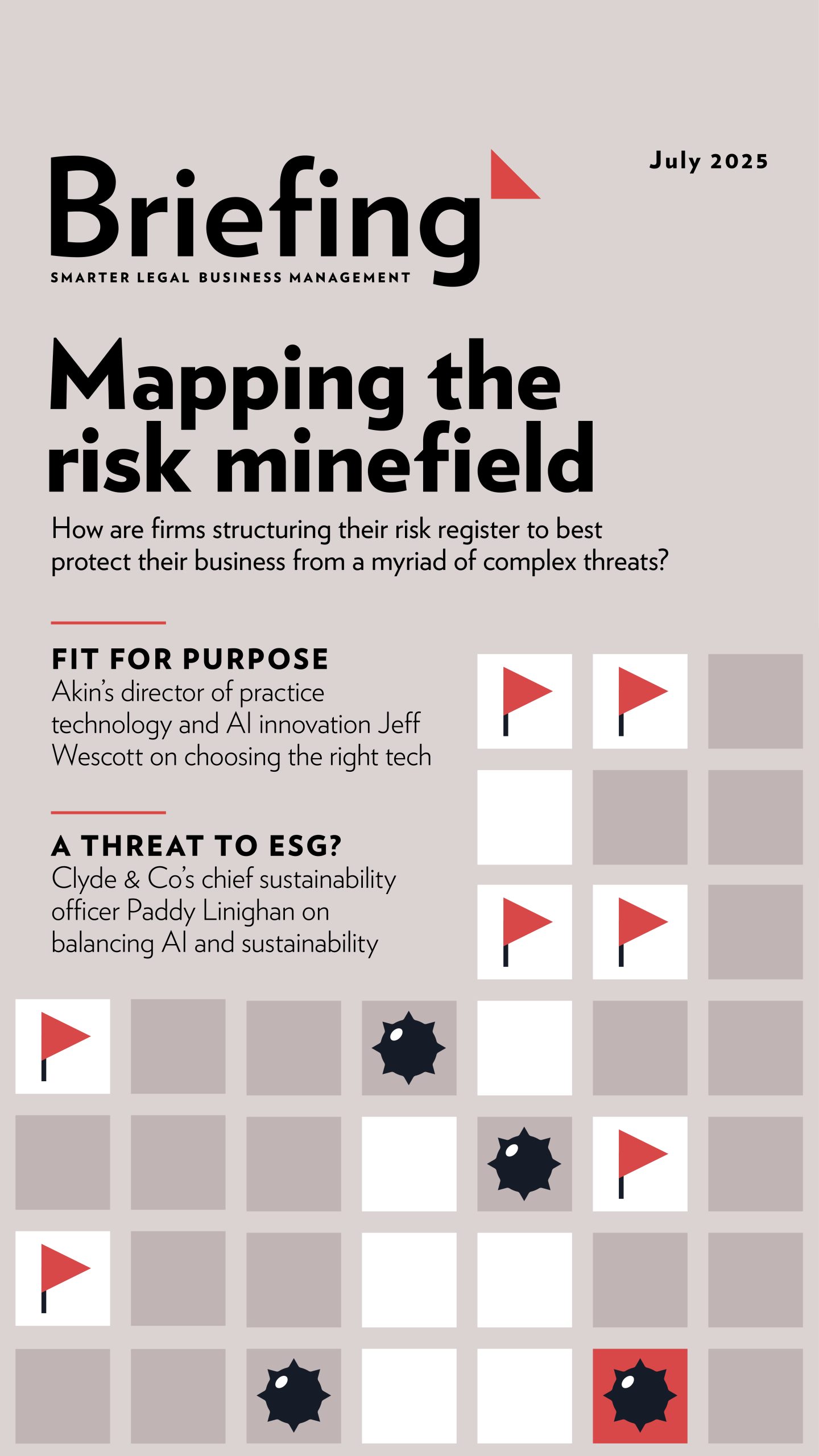KNOW YOUR PROBLEM
Innovation….. no wait, come back! If you’d already switched off, you were perhaps thinking ‘ … not another article about the need for law firms to think outside the box, disrupt the law and all that jazz’. I don’t blame you. As a fan of the Gartner hype cycle, it seems that with ‘innovation’ we have passed the “peak of inflated expectations” on that graph, and perhaps rolled over into the trough of disillusionment. Why? Because genuine innovation, in the sense of doing things differently, is – you know – difficult. That’s on account of all that doing things differently it requires. It involves change, and not of the go-out-and-buy-some software kind. Rather, it requires the get-colleagues-to-work-differently kind, which is much more challenging.
Focusing on the problem to be solved is the obvious first step that can get overlooked in the excitement about what’s possible. But there is also a learning curve for those with an idea for a new way of delivering a service to clients – around just how much work goes into developing a solution, and finding a lot of that work is on the legal, not just the technology, side.
While software can help to enable some change, that is only part of the answer. As any of us who’ve been in IT for some time will know, technology without people and process is destined to languish on the dusty shelf
Since embarking on a programme to improve how we work at Brodies we have been careful to stick to the mantra that it’s not all about technology. While software can help to enable some change, that is only part of the answer.
As any of us who’ve been in IT for some time will know, technology without people and process is destined to languish on the dusty shelf, hence the industry term ‘shelfware’. As an example, we have recently won a couple of innovation awards for our Workbox product, an online service that provides clients with up-to date, practical HR advice, templates and tools. Undoubtedly that was a good idea, but the gestation period was longer than anticipated, and the amount of time required to maintain the high quality of content in the system is significant. It’s genuinely a new way for clients to access material without needing to start the clock running, and gives them a flat fee for
access to high-quality content, whenever they need it. But developing a new way of selling legal services to clients also means developing a new way of delivering those services, which requires resource. Usually that means people as well as technology, and of course new processes to manage the service.
The boring truth about innovation is that it’s hard work, takes time, and starts with really understanding what problem you’re trying to solve. Rather than being blinded by shiny technology. Real innovation lies in changing how people work. That is the biggest challenge we face, whether designing a new service for clients or improving how we work internally.
This article can be found in Briefing’s July/August edition: Don’t leave us this way
Redesigner clothing
Innovate or die! Disrupt, or be disrupted! The language of Silicon Valley has permeated the business world, and ‘innovation’ seems to be the latest buzzword for the legal sector. But does innovation necessitate the disruption of all that’s gone before?
Law firms have always had to innovate and evolve to survive. In spite of the old saw that lawyers are stuck in the past and resistant to change, the legal sector has gone through huge changes in the last 30 years, and it continues to roll with the punches. But that may be seen as reacting to change rather than actively pursuing it. The current focus on innovation is about shaping the law firm of the future to withstand the slings and arrows of a rapidly changing business environment.
We’re accustomed to thinking of innovation as being ‘disruptive’ (think Uber or Amazon), with technology being used to upend traditional business models and blast the legacy providers out of the water. But while there are certainly those who are focusing on disrupting legal services, improved ways of working don’t necessarily need to be disruptive. They can also complement and enhance what lawyers do best. In fact, ‘sustaining’ rather than disruptive, innovation is crucial to ensure businesses change to meet the needs of the modern business world.
Moonshots are exciting, and when they succeed they do so dramatically. They are potentially game changing. But they are also expensive when they fail, and may distract from the job at hand.
At its most basic, innovation is doing something in a new way that provides some sort of value. It doesn’t have to mean creating a completely new product or service – it may just mean redesigning an internal process to save time. It may be something that clients can see – whether in terms of faster delivery or improved service – or it may improve efficiency, reduce bottlenecks or remove obstacles internally from the daily working lives of lawyers. Fundamentally, it can, and should, be about identifying problems or challenges and then finding solutions to them.
Moonshots are exciting, and when they succeed they do so dramatically. They are potentially game changing. But they are also expensive when they fail, and may distract from the job at hand. With limited time and resources, firms need to focus on achievable wins that will drive efficiencies in the firm, provide value to clients and support the firm’s strategy. The answer might not be something revolutionary or expensive, or even based on new technology. It may just mean using the tools already at our disposal in a more effective way.
This article originates from Briefing November 2018: Leadership shapes
People empower
What’s the biggest cyber risk for a law firm today? We may be tempted to think it is an advanced persistent threat (APT) from shadowy criminal organisations in far-flung nations, but the answer is likely to be less exotic, and closer to home – maybe sitting at a desk nearby. Ethical hackers will tell you the easiest way to compromise an organisation is probably to get a member of staff to do it, unwittingly, using social engineering.
As firms focus more on software and hardware technology defences, the attackers are increasingly targeting their efforts at the ‘warmware’ – the people. Why spend weeks covertly hacking into a system when someone will let you in?
As firms focus more on software and hardware technology defences, the attackers are increasingly targeting their efforts at the ‘warmware’ – the people. Why spend weeks covertly hacking into a system when someone will let you in?
Email phishing is arguably the main method of attack on any business today. By tricking an email recipient into clicking a link, the attacker can direct them to a website to download malware or harvest their login credentials. Gone are the days when phishing emails were easily spotted due to poor grammar and dodgy images. Now they are sophisticated, copying the branding and language of your bank, PayPal, Netflix, or whoever they are pretending to be.
It’s no wonder they’re hard to spot. But it’s not just how they look that deceives us – phishing emails also bypass our logical thinking by appealing to emotions and traits like fear, greed, curiosity, and even helpfulness. By adding a note of urgency, they trigger an emotional response so we click before we think. Phishing also takes advantage of people being busy, which is why most bank transfer fraud is committed on a Friday afternoon, when the pressure is on (and the error won’t be discovered until Monday morning).
This year there have already been reports of major IT system vulnerabilities, and the need for security patching has become front-page news. However, to exploit most of these vulnerabilities the attacker first needs to get into your organisation and gain access to systems, and the easiest way to do that is phishing.
But rather than see people as the ‘weakest link’, as is often said, we must enable them to be our first line of defence. This is no easy task, as it requires training, raising awareness and changing behaviour, all of which takes time and repetition. We therefore not only need to train our people about security, but also to train our security teams about people, their vulnerabilities, and how to get the best from them.
There is no security patch for people, and telling colleagues what to do (or not do) is of limited effectiveness. But by showing them what could happen, and how to avoid it – through repeated phishing simulations, campaigns and training – we can equip them to become the firm’s strongest possible defence.
This article originates from Briefing June 2018: Near pressure












